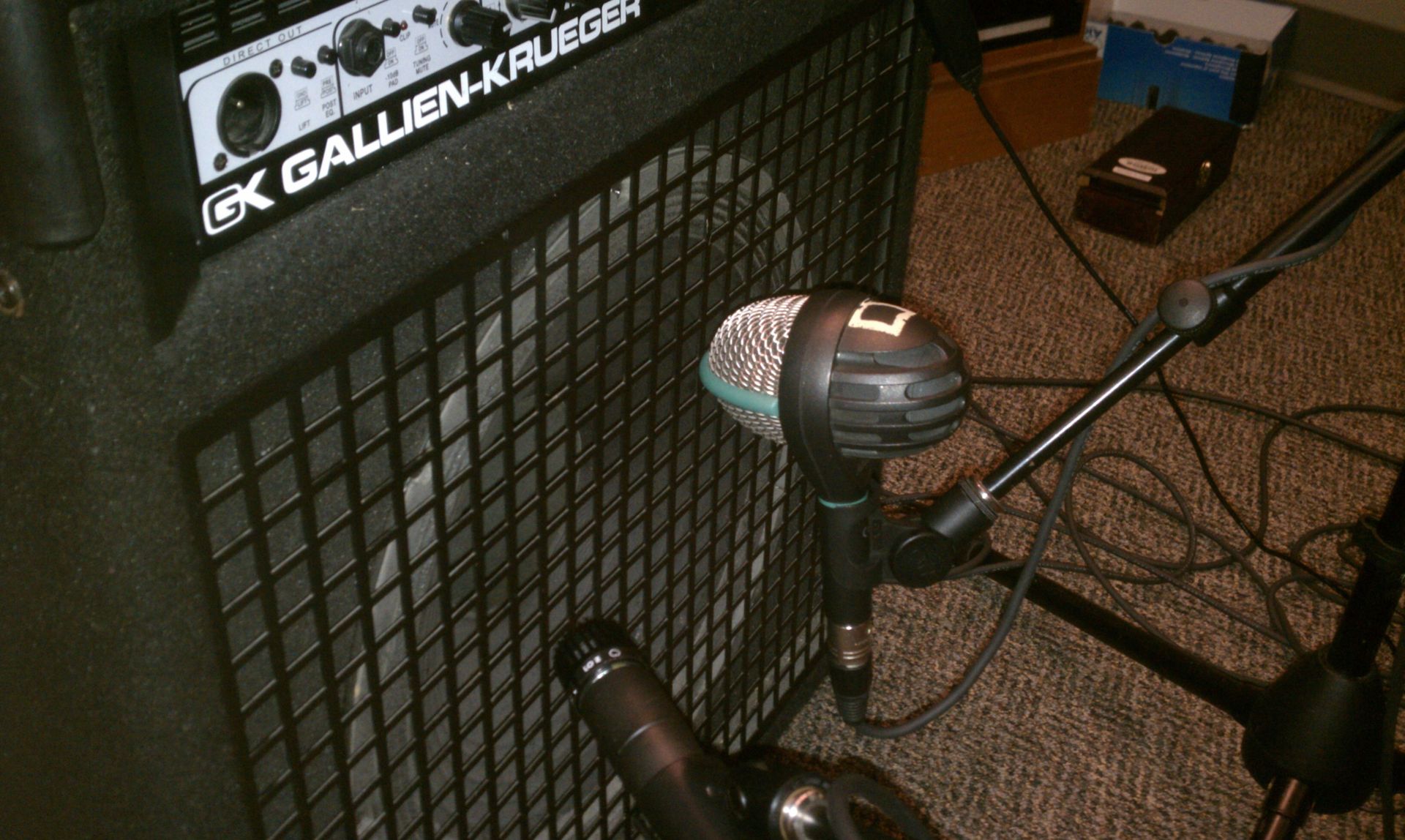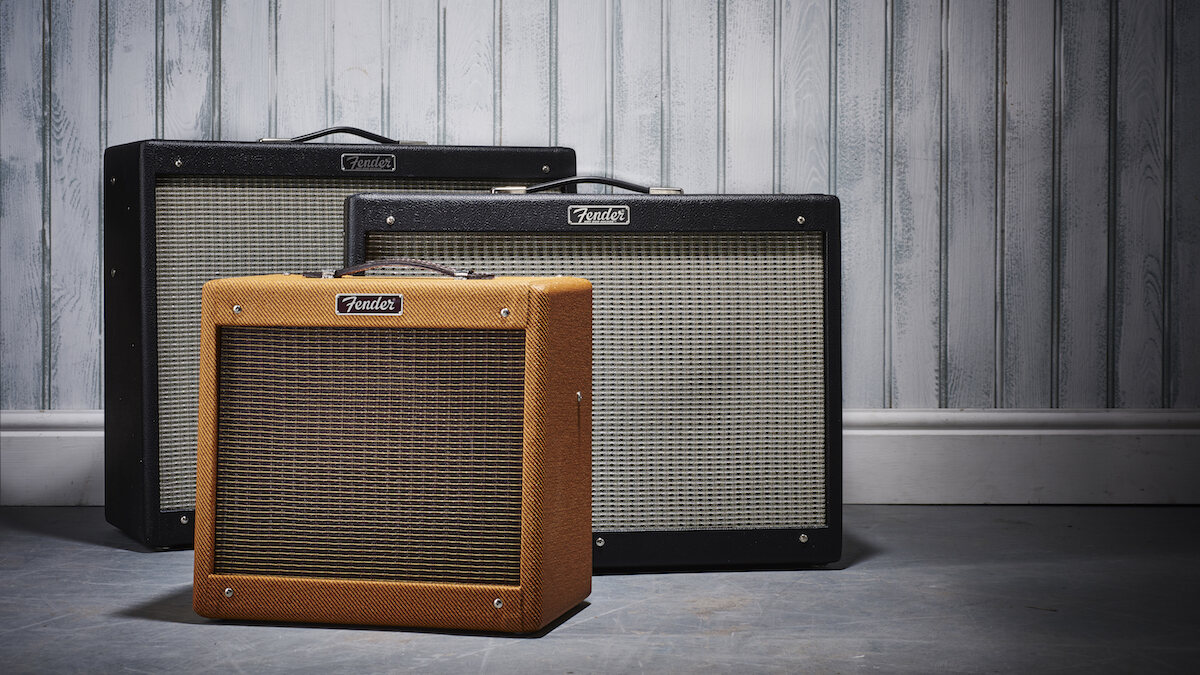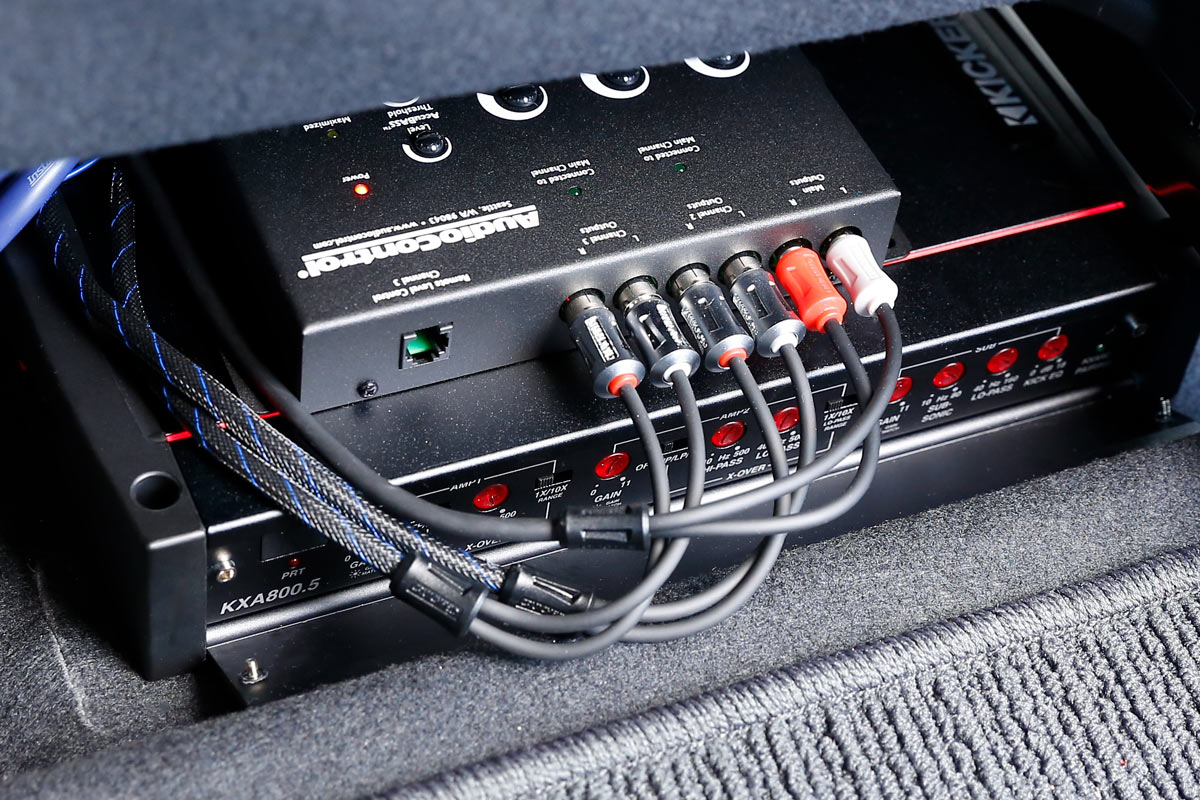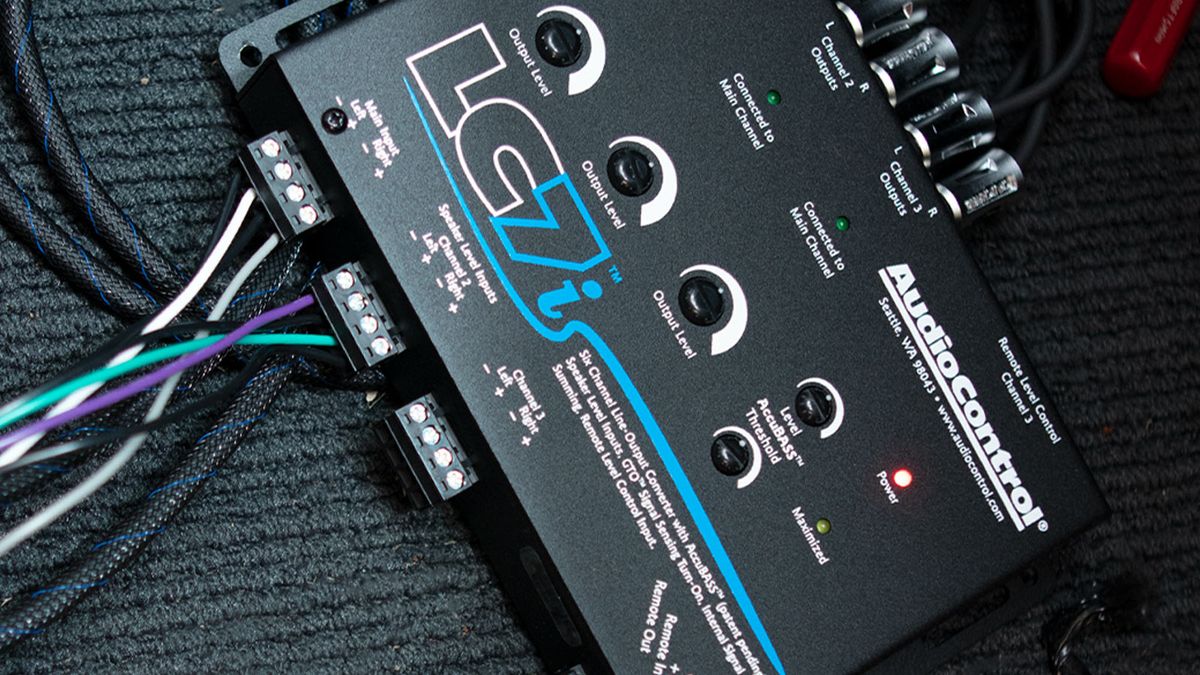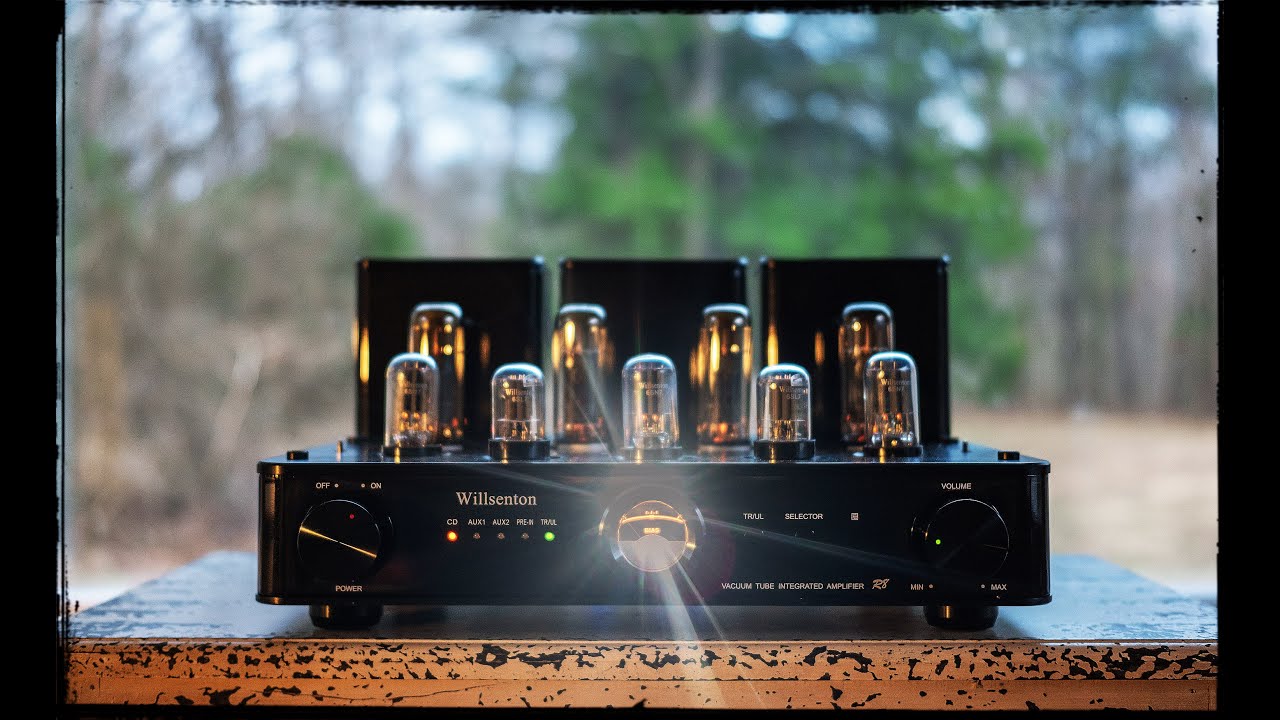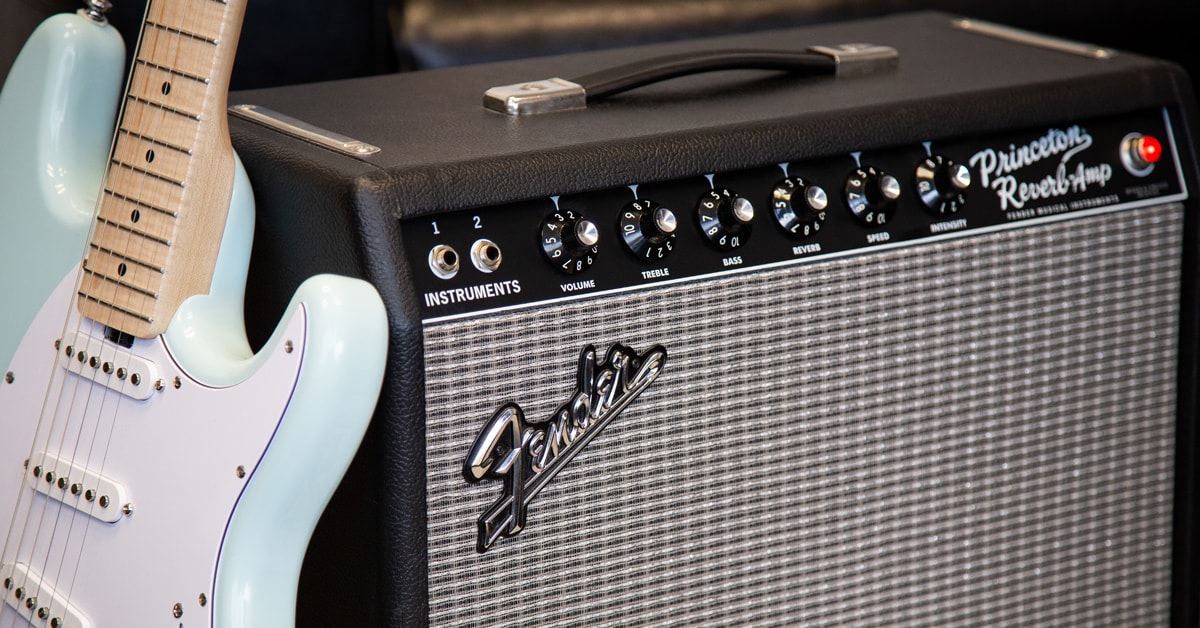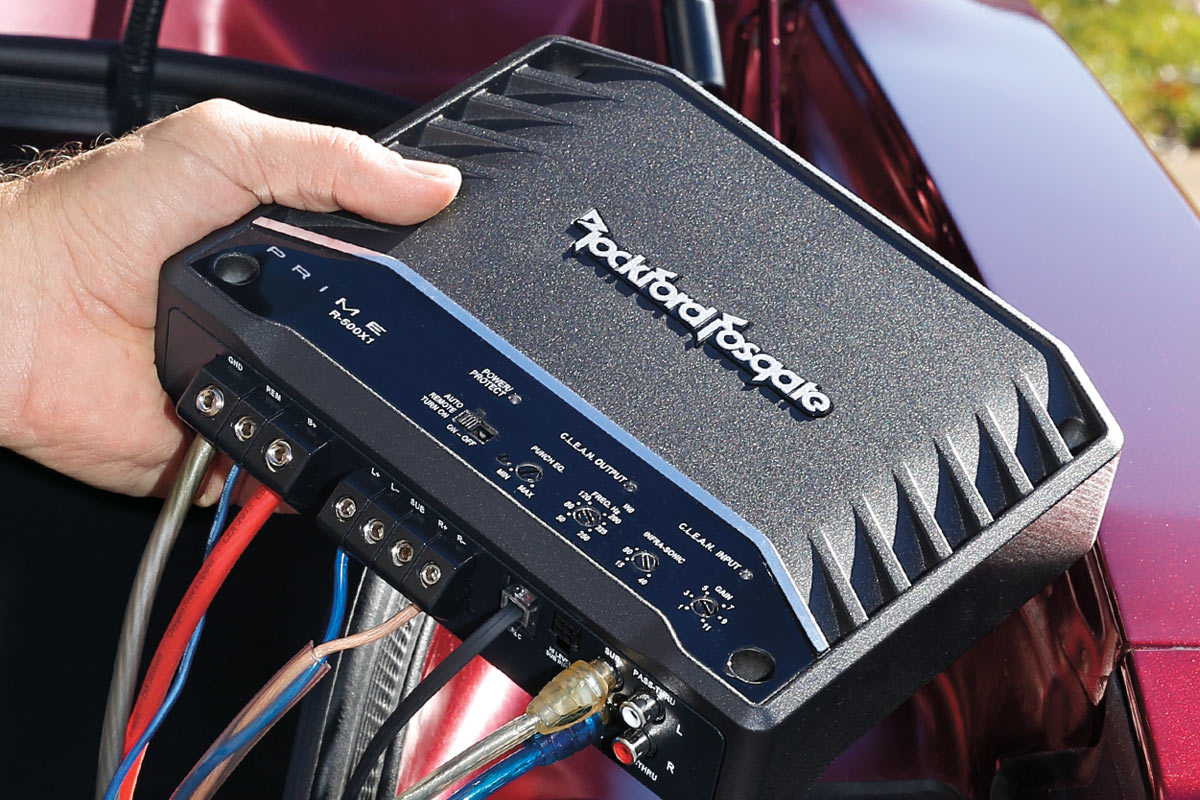Home>Devices & Equipment>Subwoofer>How To Match Subwoofer To Amp


Subwoofer
How To Match Subwoofer To Amp
Modified: January 22, 2024
Learn how to properly match a subwoofer to an amp for optimal sound quality and performance. Find the perfect match for your subwoofer with these expert tips.
(Many of the links in this article redirect to a specific reviewed product. Your purchase of these products through affiliate links helps to generate commission for AudioLover.com, at no extra cost. Learn more)
Table of Contents
Introduction
Welcome to our comprehensive guide on how to match a subwoofer to an amplifier. If you’re an audio enthusiast or simply looking to enhance your home theater or car audio system, it’s essential to properly pair these two crucial components.
Subwoofers are specialized speakers designed to reproduce low-frequency sounds, providing deep bass and a more immersive audio experience. Amplifiers, on the other hand, are responsible for powering the speakers and delivering the necessary electrical current to produce quality sound.
Matching a subwoofer to an amplifier involves considering several factors, including power handling, impedance ratings, enclosure design, and settings adjustment. By understanding these key elements and following the proper steps, you can ensure optimal performance, prevent damage to your audio equipment, and achieve the desired audio quality.
In this guide, we will take a closer look at each step involved in matching a subwoofer to an amplifier. From determining power handling to adjusting settings for integration, we will provide you with the knowledge and insights necessary to make an informed decision.
Whether you’re a seasoned audiophile or a beginner in the world of audio systems, this guide will equip you with the information you need to create a well-matched, high-performance setup. So let’s dive in and discover how to achieve the perfect synergy between your subwoofer and amplifier!
Understanding Subwoofers and Amplifiers
Before diving into the process of matching a subwoofer to an amplifier, it’s crucial to have a solid understanding of these two components and their roles in an audio system.
A subwoofer is a specialized speaker designed to reproduce low-frequency sounds. Its primary purpose is to handle the deep bass frequencies that regular speakers cannot effectively reproduce. By adding a subwoofer to your audio setup, you can enjoy a more dynamic and immersive listening experience, whether you’re watching movies, listening to music, or playing video games.
Subwoofers come in different sizes, with 8-inch, 10-inch, and 12-inch models being common choices for home audio setups, while larger 15-inch models are popular for car audio systems. They are typically powered by an external amplifier rather than the built-in amplifier that comes with regular speakers.
On the other hand, an amplifier is responsible for powering the speakers in your audio system. Its main function is to take the low-level audio signals from your source, such as a stereo receiver or a car head unit, and amplify them to a level that can drive the speakers effectively. Having a separate amplifier for your subwoofer ensures that it receives enough power to reproduce low-frequency sounds with clarity and impact.
Amplifiers come in various types, including mono block or single-channel amplifiers dedicated to powering subwoofers. These amplifiers are designed to deliver high power output to drive the low frequencies produced by the subwoofer. They often include features such as adjustable bass boost and low-pass filters to fine-tune the bass response and integration with the rest of the audio system.
Understanding these fundamental aspects of subwoofers and amplifiers sets the stage for effectively matching them together. By considering factors such as power handling, impedance ratings, enclosure design, and settings adjustment, you can ensure that your subwoofer and amplifier work in harmony to deliver exceptional bass performance.
Now that we have a solid foundation, let’s move on to the step-by-step process of matching a subwoofer to an amplifier for optimal audio performance.
Step 1: Determine Subwoofer Power Handling
The first step in matching a subwoofer to an amplifier is to determine the power handling capabilities of your subwoofer. Power handling refers to the amount of power a subwoofer can handle without getting damaged or distorting the sound.
To find the power handling rating of your subwoofer, you can refer to the product specifications or manual provided by the manufacturer. This rating is typically expressed in watts RMS (Root Mean Square) and represents the continuous power the subwoofer can handle for extended periods.
It’s important to note that the power handling rating is different from the peak power rating. The peak power rating indicates the maximum power the subwoofer can handle for short bursts, but it’s the RMS power rating that you should consider for matching purposes.
Once you have identified the RMS power handling rating of your subwoofer, you should aim to find an amplifier that can provide a similar or slightly higher RMS power output. Matching the power output of the amplifier to the power handling of the subwoofer ensures that you can utilize the full potential of your subwoofer without risking damage.
Underpowering a subwoofer can lead to distorted sound, as the amplifier may struggle to drive the subwoofer to its full potential. On the other hand, overpowering a subwoofer can cause overheating or even permanent damage to the speaker coils.
It’s worth mentioning that continuous listening at maximum power levels can also lead to overheating problems. Therefore, it’s recommended to have some headroom in the power output of the amplifier to prevent pushing it to its limits consistently.
By determining the power handling capabilities of your subwoofer and finding a matching amplifier, you can ensure optimal performance and longevity for both components. In the next step, we will discuss how to determine the power output of the amplifier to ensure a proper match with the subwoofer.
Step 2: Determine Amplifier Power Output
After identifying the power handling capabilities of your subwoofer, the next step is to determine the power output of the amplifier. This will ensure that the amplifier can provide enough power to drive the subwoofer effectively.
The power output of an amplifier is typically measured in watts and is specified as RMS power per channel. This indicates the continuous power output that the amplifier can deliver to each channel, including the channel dedicated to the subwoofer.
To determine the suitable power output for your amplifier, you should consider the RMS power handling rating of your subwoofer as a guideline. It is generally recommended to select an amplifier with an RMS power output that matches or slightly exceeds the subwoofer’s power handling rating.
Keep in mind that having more power output than the subwoofer’s power handling rating does not necessarily mean better performance. It is crucial to find a balance between the two to avoid damaging the subwoofer or causing distortion in the sound.
Additionally, consider the size of your listening space or the size of your vehicle if you’re setting up a car audio system. Larger spaces may require more power to fill the area with deep and impactful bass. On the other hand, smaller spaces may not require as much power output.
When selecting an amplifier, also take into account the brand reputation and customer reviews to ensure you choose a reputable and reliable product. A high-quality amplifier will not only provide the necessary power but also contribute to the overall sound quality and durability of the audio system.
By determining the appropriate power output of the amplifier, you can ensure that your subwoofer receives sufficient power to produce optimal bass performance. In the next step, we will discuss how to match the impedance ratings of the subwoofer and amplifier for proper electrical compatibility.
Step 3: Match Impedance Ratings
Matching the impedance ratings of your subwoofer and amplifier is crucial for proper electrical compatibility. Impedance refers to the electrical resistance that the subwoofer presents to the amplifier, and it is measured in ohms (Ω).
Both the subwoofer and the amplifier will have impedance ratings specified by the manufacturer. It’s essential to ensure that these ratings match or are compatible with each other to avoid potential damage to the equipment and suboptimal performance.
There are a few common impedance ratings you may encounter, including 2 ohms, 4 ohms, and 8 ohms. It’s important to note that the lower the impedance, the more power the subwoofer demands from the amplifier.
If the impedance rating of the subwoofer and the amplifier do not match, it can lead to a mismatch in power delivery and potentially damage either component. For example, if the amplifier has a higher impedance than the subwoofer, it may not be able to deliver enough power to the subwoofer, resulting in weak and distorted bass.
Conversely, if the amplifier has a lower impedance than the subwoofer, it may try to deliver more power than the subwoofer can handle, causing the amplifier to overheat or the subwoofer to get damaged.
It’s essential to check the specifications of both the subwoofer and the amplifier to ensure their impedance ratings match. If they do not match, you may need to use additional components like a speaker selector or impedance-matching device to achieve the proper electrical compatibility.
Matching the impedance ratings between your subwoofer and amplifier is crucial for maintaining a healthy and balanced electrical connection. In the next step, we will discuss the importance of considering the enclosure design when matching these components.
Step 4: Consider Enclosure Design
When matching a subwoofer to an amplifier, it’s important to consider the type of enclosure used for the subwoofer. The enclosure design plays a significant role in the overall performance and sound quality of the subwoofer.
There are different types of subwoofer enclosures, including sealed enclosures, ported enclosures, and bandpass enclosures. Each type has its own advantages and considerations, and it’s important to choose the appropriate enclosure type based on your preferences and the specifications of your subwoofer.
A sealed enclosure is a simple and common design that provides accurate and tight bass response. It is generally recommended for smaller spaces or for those who prefer more controlled and accurate low-frequency reproduction.
A ported enclosure, also known as a bass reflex enclosure, uses a tuned port to enhance low-frequency output. This design allows for increased efficiency and can produce deeper bass compared to a sealed enclosure. However, it may require a larger enclosure size and careful tuning to prevent distortion.
Bandpass enclosures are a more complex design that utilizes a combination of both sealed and ported enclosures. They can provide enhanced bass output and efficiency within a specific frequency range but may sacrifice some accuracy and control.
When matching your subwoofer to an amplifier, consider the specifications and recommendations provided by the subwoofer manufacturer regarding enclosure type. Different subwoofers may perform best in specific enclosure designs, and using an incompatible enclosure can result in poor sound quality or damage to the subwoofer.
Additionally, the enclosure design may also impact the power handling capabilities of the subwoofer. Some enclosures are better suited for handling higher power levels and can safely utilize the full potential of the amplifier, whereas others may be more suitable for lower power applications.
By considering the enclosure design and its compatibility with your subwoofer and amplifier, you can ensure optimal bass performance and avoid any potential issues that may arise from mismatched components.
In the next step, we will discuss how to adjust the settings of your subwoofer and amplifier to achieve proper integration and balance.
Step 5: Adjust Settings for Proper Integration
Once you have matched your subwoofer to an amplifier and considered the enclosure design, the final step is to adjust the settings of both components to achieve proper integration and balance in your audio system.
Start by connecting the subwoofer to the amplifier using the appropriate cables and making sure the connections are secure. Refer to the user manuals of both the subwoofer and amplifier for specific instructions on how to connect them together.
Next, adjust the crossover settings on both the amplifier and the subwoofer. The crossover is responsible for directing the appropriate frequencies to the subwoofer and the other speakers in your audio system. The crossover frequency is typically adjustable and allows you to determine the point at which the subwoofer takes over the bass reproduction.
Set the crossover frequency to blend seamlessly with the rest of your speakers. A common starting point is to set the crossover frequency around 80 Hz, but this may vary depending on the size and capabilities of your speakers.
Additionally, adjust the phase control on the subwoofer. The phase control aligns the timing of the subwoofer’s sound waves with the other speakers in your audio system. Experiment with different phase settings to find the one that provides the smoothest and most cohesive bass response.
If your amplifier or subwoofer offers additional settings such as equalizer controls or bass boost, use them wisely. Avoid excessive bass boost or equalization, as it may lead to distortion or an imbalanced sound. Fine-tune these settings gradually and listen carefully to ensure a well-integrated and natural audio experience.
Once you have adjusted the settings, listen to different types of audio content, including music and movies, and make note of any adjustments that may be necessary. It’s important to fine-tune the settings to your personal preference and the characteristics of your listening environment.
Regularly monitor the performance of your subwoofer and amplifier after making adjustments to ensure that they continue to work in harmony and deliver the desired audio quality.
By properly adjusting the settings of your subwoofer and amplifier, you can achieve a seamless integration that enhances your audio system’s overall performance and provides a well-balanced and immersive listening experience.
With these five steps, you now have the knowledge and tools to match a subwoofer to an amplifier effectively. Enjoy the deep, powerful bass and enhanced audio experience that a well-matched subwoofer and amplifier combination can deliver!
Conclusion
Matching a subwoofer to an amplifier is a crucial step in creating a high-quality audio system that delivers powerful and immersive bass. By following the five steps outlined in this guide, you can ensure that your subwoofer and amplifier work in perfect harmony, resulting in optimal audio performance.
Start by determining the power handling capabilities of your subwoofer and finding an amplifier with a matching or slightly higher RMS power output. This ensures that the subwoofer can handle the power without distortion or damage.
Next, consider the impedance ratings of both the subwoofer and amplifier to ensure proper electrical compatibility. Matching the impedance ratings prevents underpowering or overpowering, which can have a negative impact on sound quality.
Take into account the enclosure design of your subwoofer and choose the appropriate type based on your preferences and the specifications of the subwoofer. Different enclosures offer different bass characteristics, so it’s important to select one that complements your audio system and listening environment.
Lastly, adjust the settings of your subwoofer and amplifier, including the crossover, phase control, and equalization, to achieve proper integration and balance in your audio system. Fine-tuning these settings will ensure that the subwoofer seamlessly blends with the rest of the speakers and delivers a natural and cohesive sound experience.
Remember to regularly monitor the performance of your subwoofer and amplifier and make any necessary adjustments to maintain optimal performance and sound quality.
By following these steps and considering the factors mentioned, you can create a well-matched and powerful audio system that elevates your listening experience. Enjoy the deep, rich bass and immersive sound that a properly matched subwoofer and amplifier combination can bring to your home theater or car audio setup.

